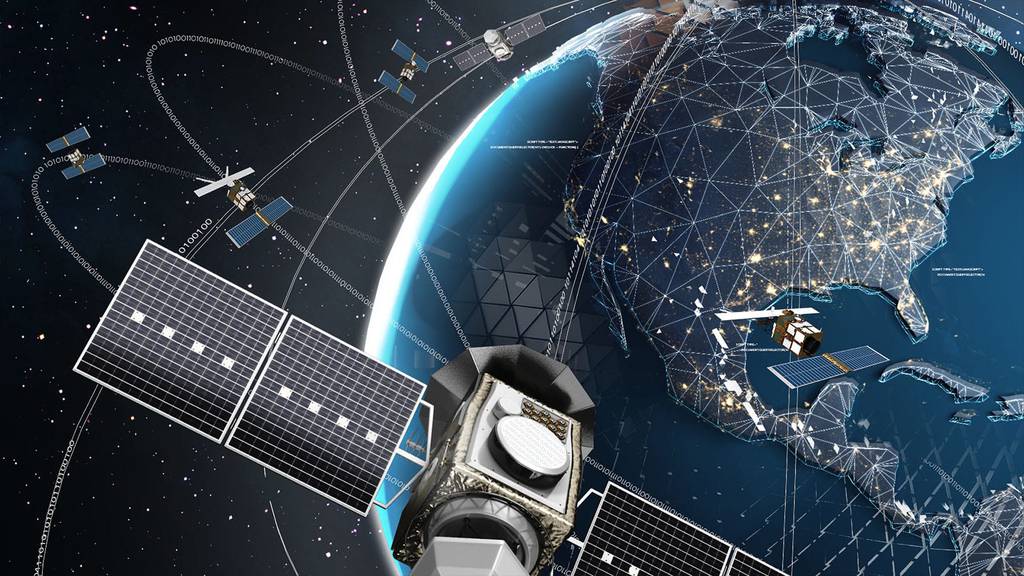WASHINGTON — The Space Force released an additional $605 million in November to Raytheon Technologies and Millennium Space Systems to build prototypes of satellites that can detect and track hypersonic and ballistic missiles from medium Earth orbit, C4ISRNET has learned.
The service chose the companies in May 2021 to develop models of missile warning sensors for its Missile Track Custody program. The Space Force did not disclose the contract values at the time, but confirmed to C4ISRNET this week Raytheon’s deal is worth up to $727 million and Millennium’s up to $412 million.
The contracts include options for baseline design work, operations, data processing and the purchase of up to three aircraft. Following a successful review of their sensor payload designs in November, the service exercised additional options within those original contracts, awarding Raytheon $396 million and Millennium $209 million.
With that funding, which is based on the proposals each company made when they bid for the effort, they will build satellite prototypes that could fly as soon as 2026. They’ll also develop ground-based command-and-control and data-processing systems.
Lt. Col. Gary Goff, the Space Sensing Directorate’s materiel leader for Space Layer Resilient Missile Warning and Tracking, said in a Jan. 5 email that as the companies work toward a full-system design review scheduled for this summer, the Space Force will continue to evaluate their performance and cost and schedule estimates to determine whether to award additional funding.
The Missile Track Custody program is one piece of the Space Force’s plan to make its on-orbit missile warning and tracking capabilities more resilient against growing threats from China and Russia. Today, those satellites either reside in geosynchronous orbit — about 22,000 miles above Earth — or in highly elliptical orbit beyond GEO. Through Missile Track Custody, the service plans to launch warning and tracking satellites to MEO, located between 1,200 and 2,200 miles above Earth, where space sensors can observe a larger area.
The Space Development Agency is also launching a fleet of more than 100 satellites in low Earth orbit, or LEO, less than 1,200 miles above the equator.
By 2028, the Space Force expects to have four MEO satellites on orbit with a goal of launching technology upgrades on a two-year cycle. The service requested $139 million for the program in its fiscal 2023 budget and lawmakers appropriated an additional $130 million in the recent omnibus spending package to speed up development and reduce risk on the program.
Raytheon said in a press release this week it will integrate its Missile Track Custody sensor payload with Lockheed Martin’s LM400 software-defined satellite bus, which can adapt to mission needs as they change and deploy new capabilities.
Courtney Albon is C4ISRNET’s space and emerging technology reporter. She has covered the U.S. military since 2012, with a focus on the Air Force and Space Force. She has reported on some of the Defense Department’s most significant acquisition, budget and policy challenges.








